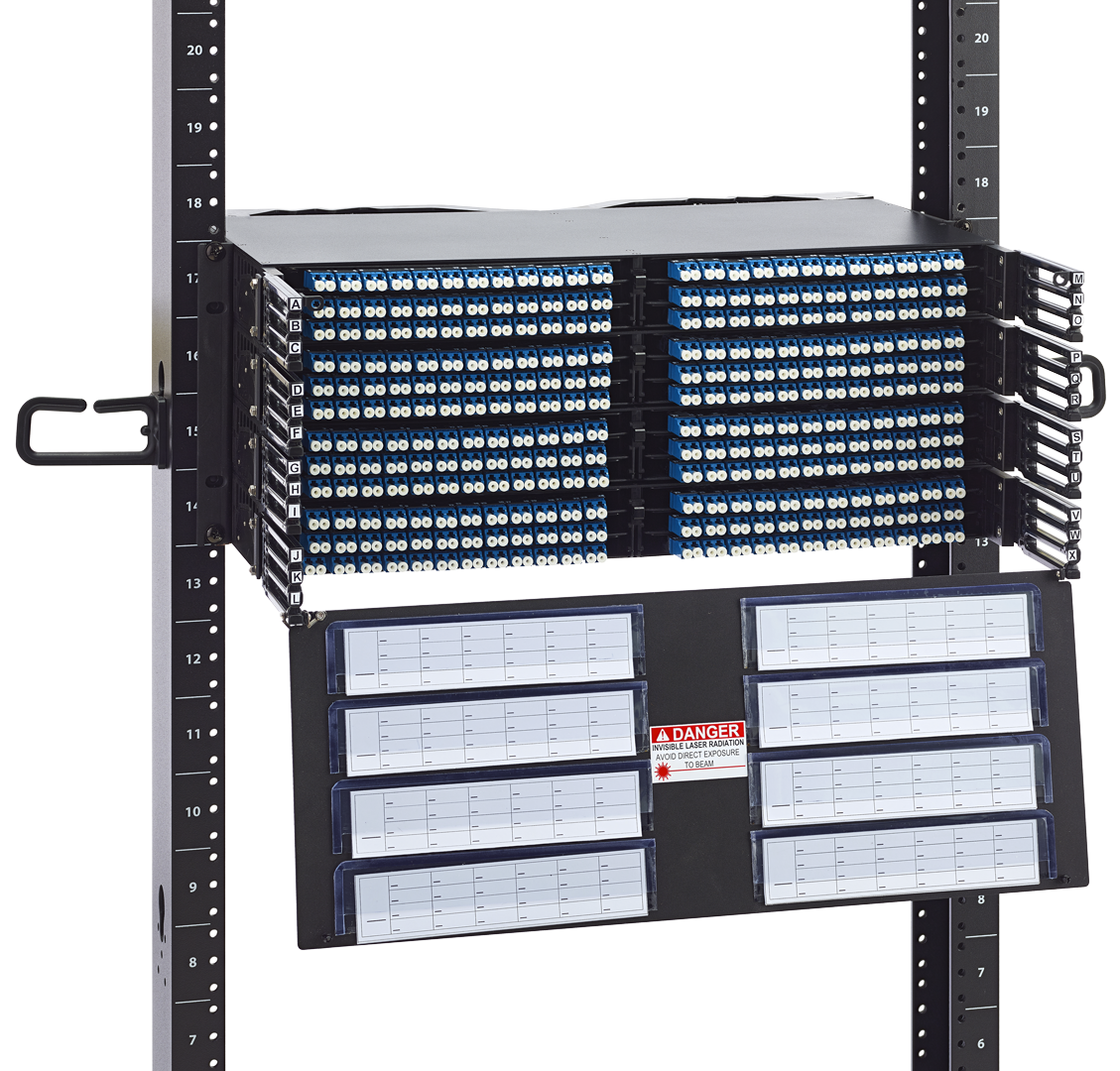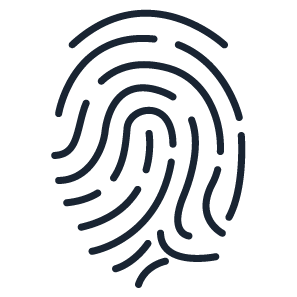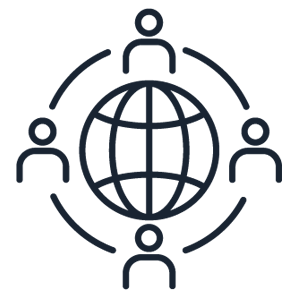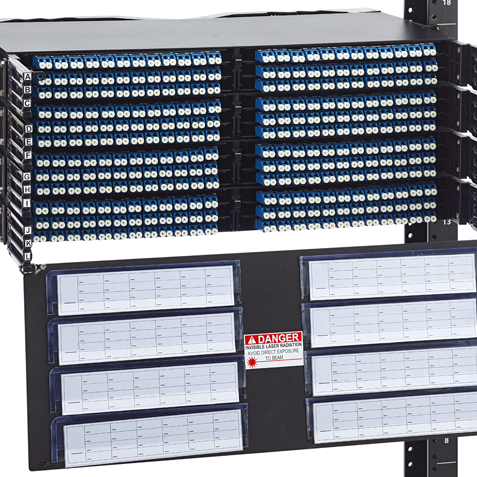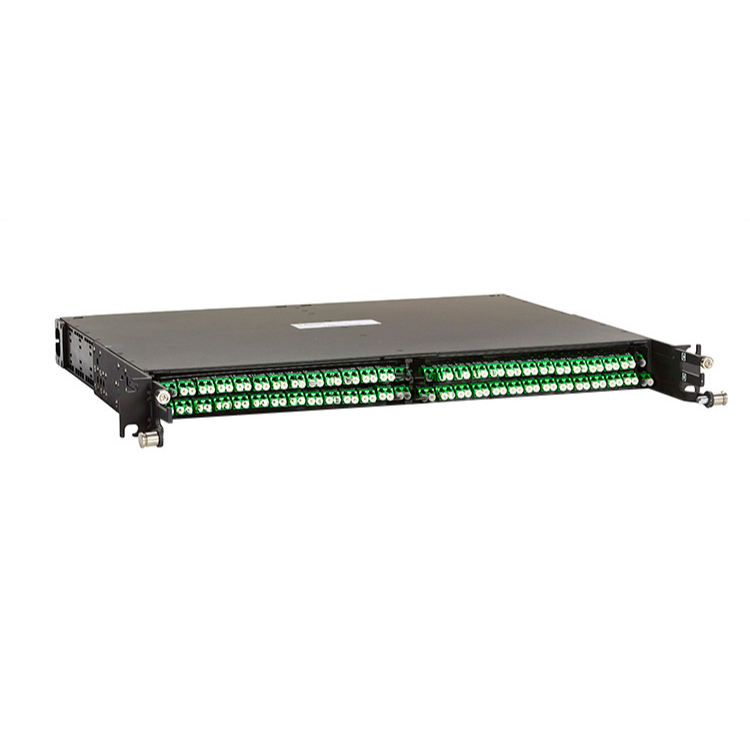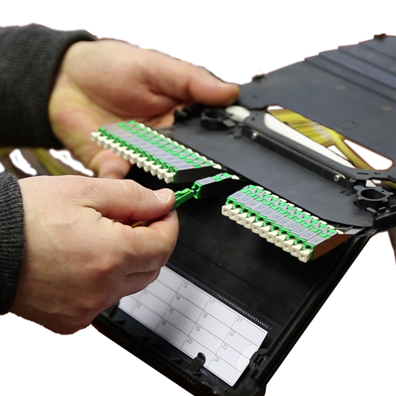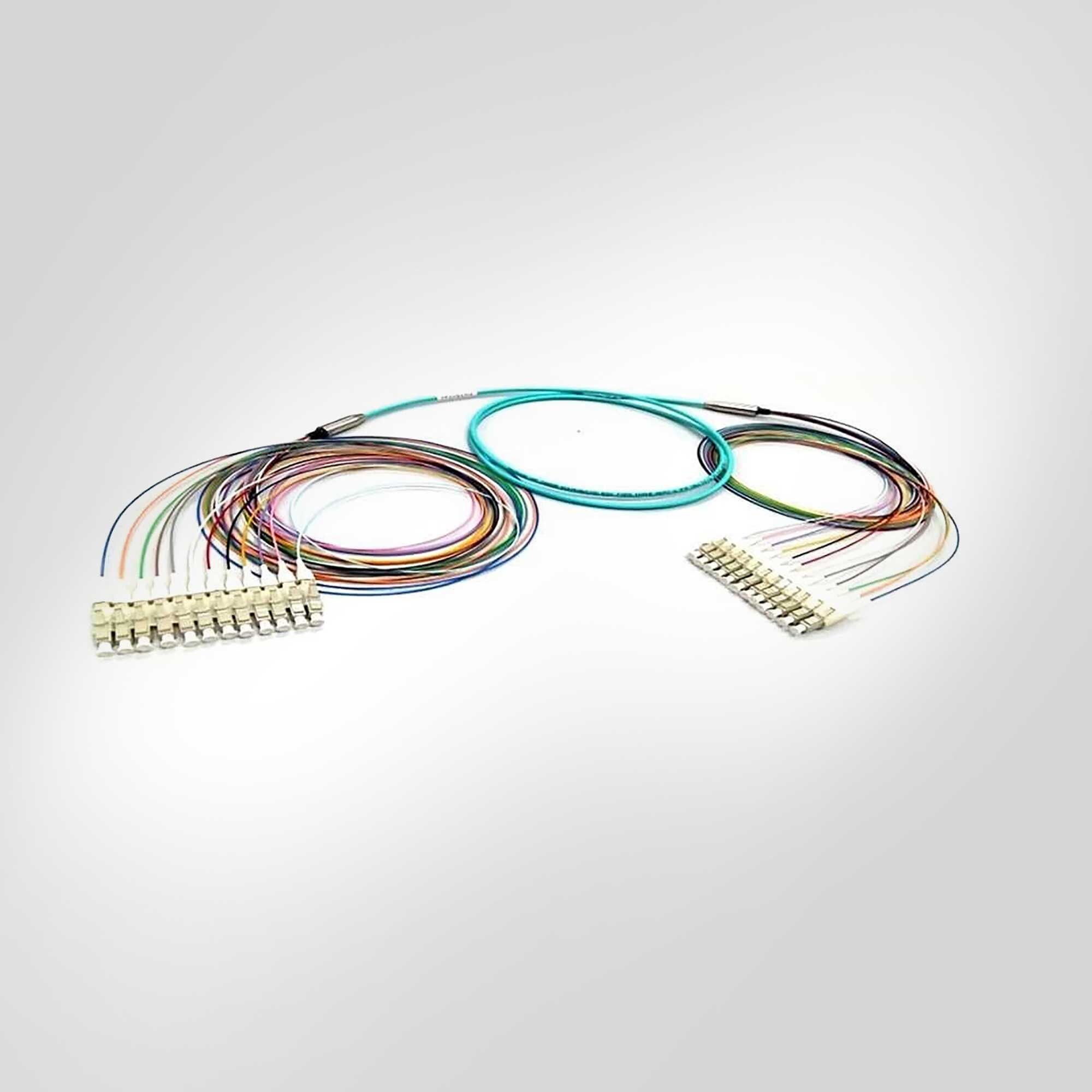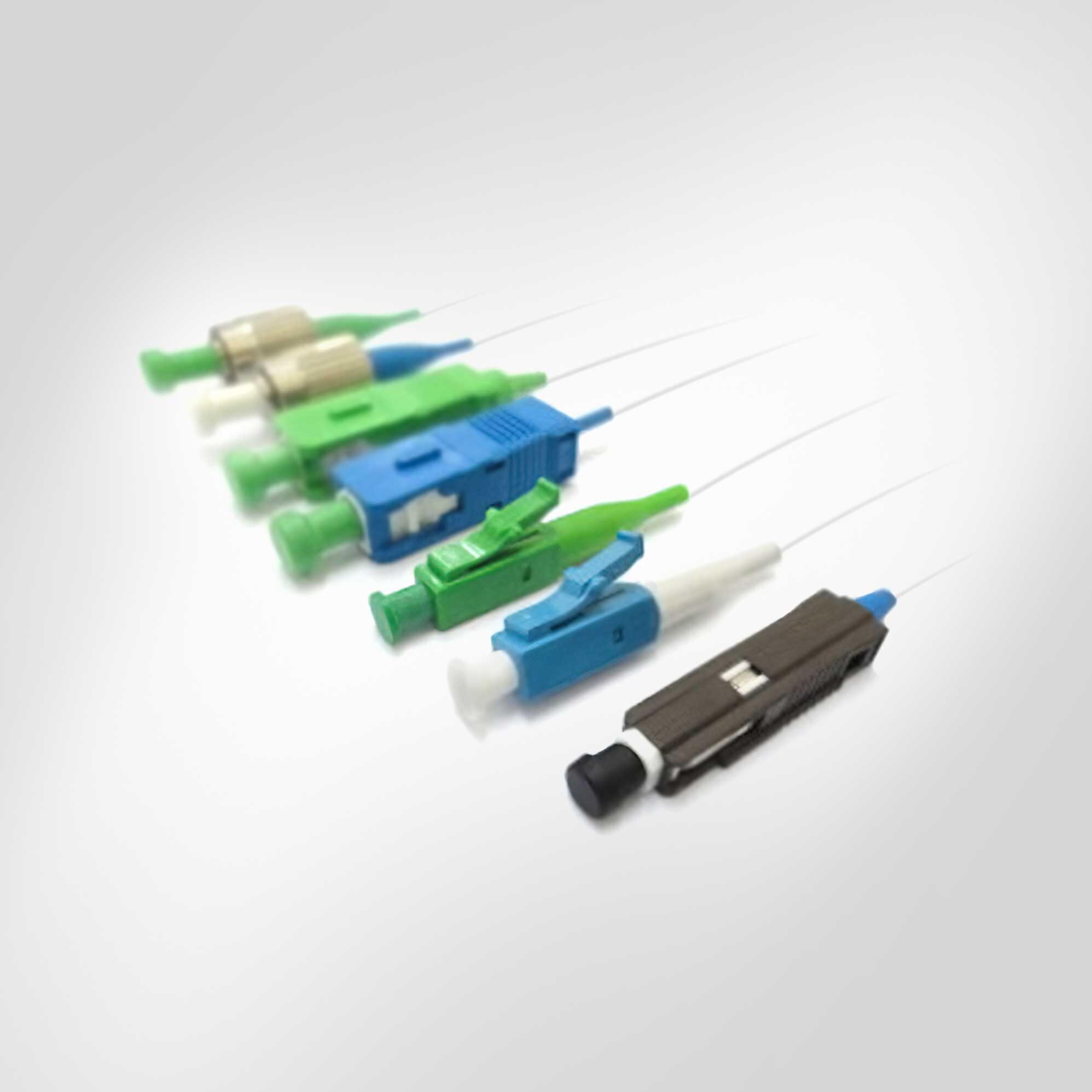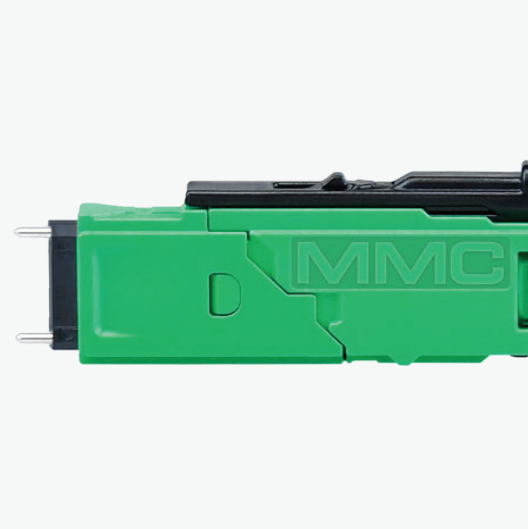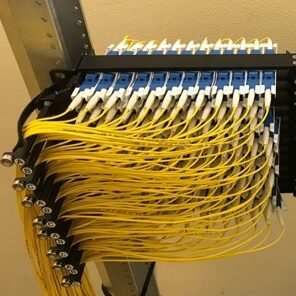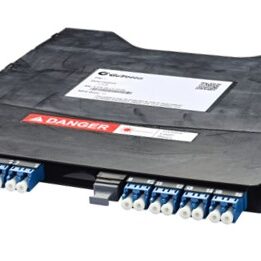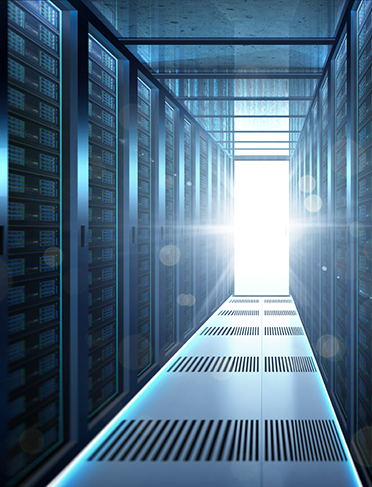
Our Story
Hey, data center – deliver more, faster!
Data center managers have been trying to keep pace with unprecedented and relentless capacity growth. On top of online services, IoT, cloud computing, cloud storage, and 5G, AI demands extraordinary computing power and connectivity.
The number of devices in data centers (servers, switches, routers) has increased. And architectures are evolving to “spine and leaf” to meet the low-latency requirements of data-intense applications.
This results in a need for more space, more aggregation points, and versatile connectivity solutions to handle the needed density and number of connections. All while executing under tight deadlines and short cycle times, without disruption to the customer experience.
Research estimates AI will have a massive impact on data centers
4X improvement in hardware compute performance
Source: Forbes 2023
AI’s computational power is doubling every 6-10 months
Source: Time
50X increase in processing workloads
Source: Forbes 2023
212X increase in data center power consumption
Source: Forbes 2023
How we help
Data center infrastructure is as critical as our circulatory system

While the cost of connectivity may be fractional compared to real estate, HVAC, power, or servers, connectivity is just as essential ingredient to data center operations. Connectivity enables the information flow and ultimately the
consumer experience. Making the right choice impacts your ability to:
Our featured solutions
Does any of this sound like you?
Here’s a look at how Go!Foton is designing connectivity to add density and improve its usability.
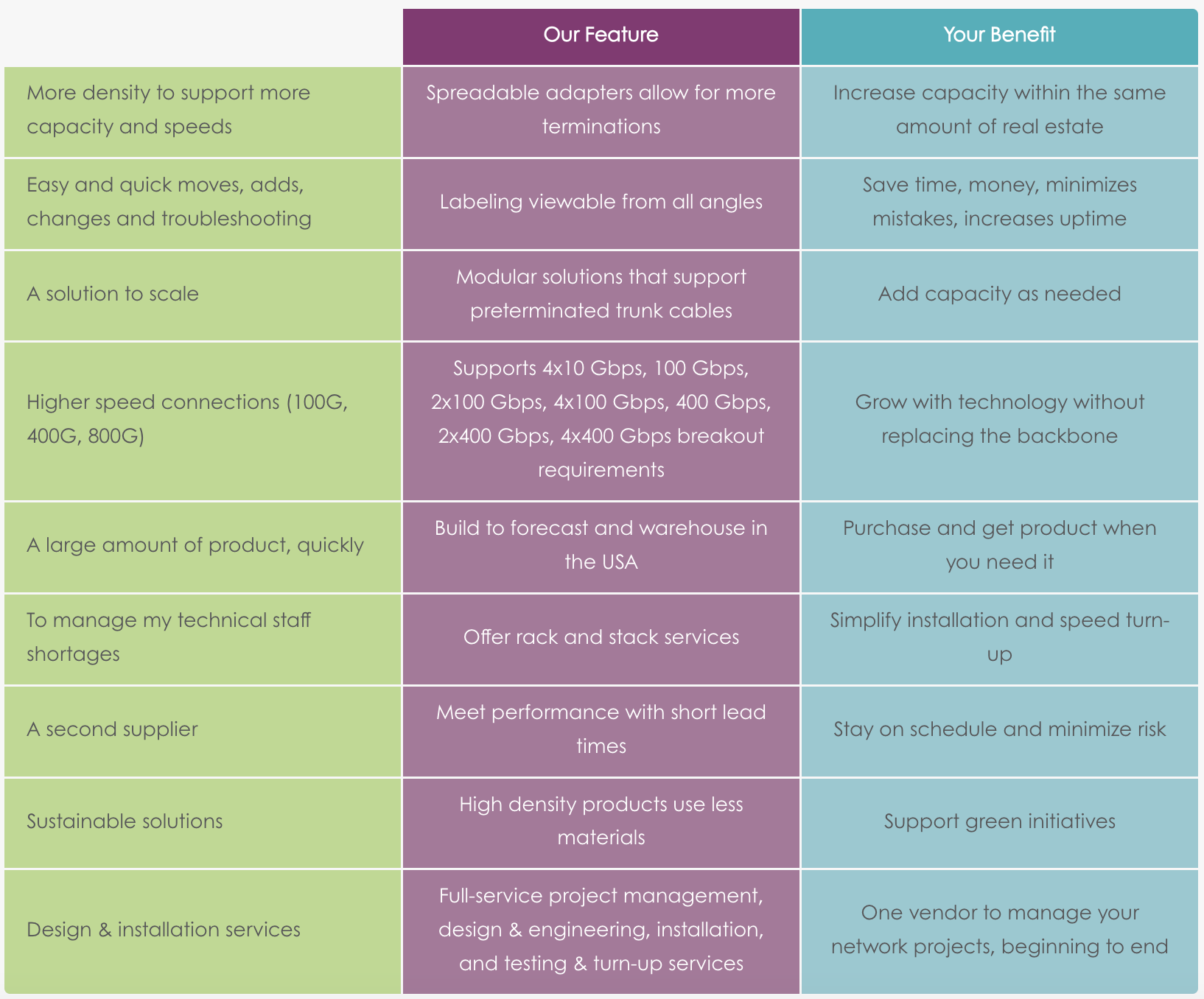
Recent blogs
Answers to Common Questions
Data Center Infrastructure Planning & Management
Fiber optic infrastructure supports cloud computing by providing high-speed, reliable connections between data centers and cloud service providers, enabling fast data transfer and low latency for cloud-based applications.
Fiber optics reduce energy consumption (due to lower signal loss and fewer repeaters), support virtualization and cloud computing (which reduce the need for physical hardware), and enable efficient cooling (one of the highest energy drivers) through better cable management.
Fiber optic cables are preferred in data centers due to their high bandwidth capacity, long-distance transmission capabilities, low latency, and immunity to electromagnetic interference (EMI).
Challenges include cost (initial installation and maintenance), physical space requirements for cable management, and the need for skilled personnel to handle installation and troubleshooting.
Upgrading involves assessing current infrastructure, planning for higher capacity cables and connectors, implementing new technologies like DWDM, and ensuring minimal downtime during the transition.
Proper cable management involves using cable trays, raceways, cable ties, and labeling systems to organize and secure cables. This helps in maintaining airflow, preventing damage, and makes maintenance easier, quicker, and mitigates human error.
Fiber optic testing is crucial for ensuring the integrity and performance of the network. Testing assesses continuity, attenuation, back reflection, and fiber end-face cleanliness, helping teams identify and rectify any performance issues.
Preventing damage involves using protective conduits, fiber optic enclosures, adhering to proper bending radius guidelines, and secure fiber cable routing to avoid physical stress and environmental damage.
Fiber optic cables are terminated using connectors that are attached to the end of the fibers. Cable termination can be done using various methods, such as fusion splicing, mechanical splicing, or pre-terminated solutions.
The lifespan of fiber optic cables can vary, but they typically last 20-25 years or more, provided they are properly installed and maintained, as they are less susceptible to environmental degradation compared to copper cables.
Data Center Layer 1 Technology
You’ll find single-mode fiber (SMF) and multi-mode fiber (MMF) in data centers. Single-mode fiber is used for long-distance communication, while multi-mode fiber is used for shorter distances within the data center.
Common connectors include LC, SC, ST, and MTP/MPO (Multi-Fiber Push-On/Pull-Off). LC and MTP/MPO connectors are popular due to their compact size and ability to handle high-density connections.
Fiber patch panels organize and manage the connections between incoming and outgoing fiber optic cables. They provide a centralized point for connecting and disconnecting cables, making it easier to make changes to or troubleshoot the network. Unlike splicing connections, these semi-permanent patched connections provide scalability and sustainability by leveraging dense fiber connectivity while requiring minimal configuration changes to support growth and longevity in the data center.
Dense Wavelength Division Multiplexing (DWDM) is a technology that combines multiple wavelengths of light on a single fiber, significantly increasing the capacity of the fiber infrastructure. It’s used to maximize the bandwidth in data center interconnects.
Fiber plays a critical role in Data Center Interconnect (DCI) by enabling high-capacity, low-latency communication between geographically dispersed data centers, supporting disaster recovery, load balancing, and data replication.
There are many benefits of using spreadable adapters including:
Improved cable organization and management. Spreadable adapters enable easy connector access to any adapter in any row without affecting insertion loss and instant port identification with easy access makes moves, adds, & changes in high fiber density environments manageable
Flexibility in arranging connections. Adaptive cassette design allows for a variety of optical components to be used to get the maximum platform utility
Reduced maintenance and troubleshooting time. Backside adapter maintenance can be done from the front of the chassis.
Scalability and futureproofing. Port count can scale within the cassette for custom density and there is no need to remove cables and panels when making upgrades
Would you like to hear more?
Our experts would love to hear about your systems and how we can help

